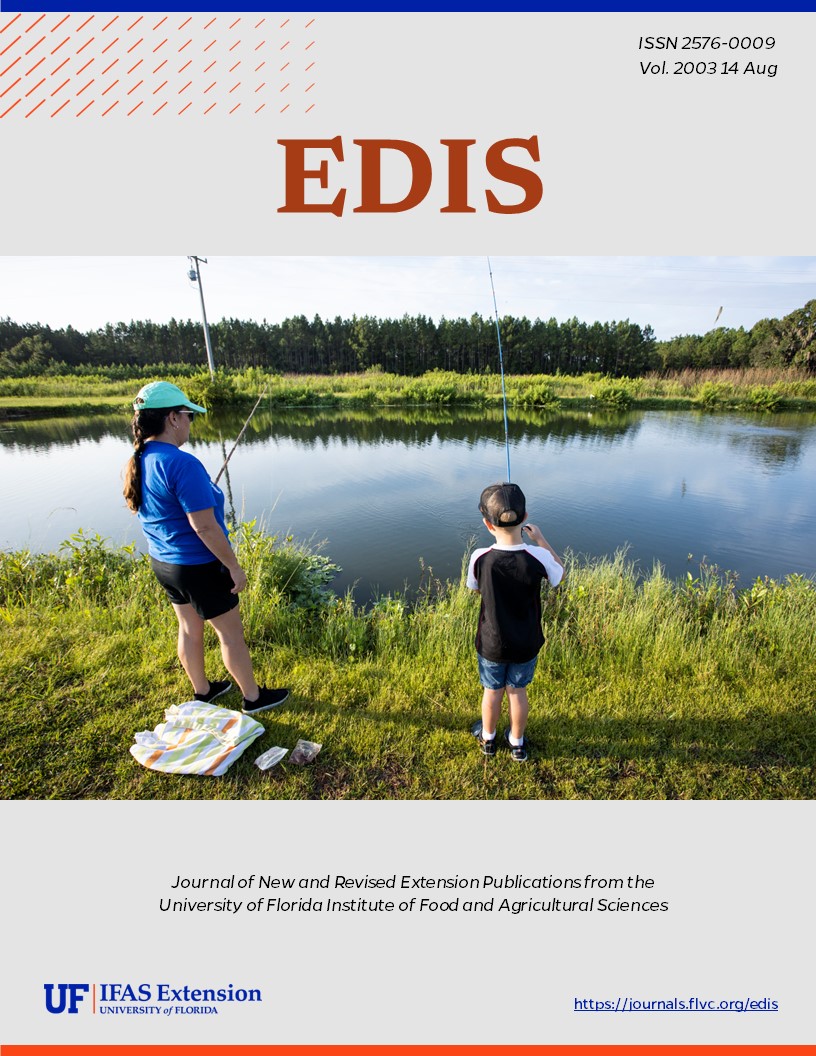Abstract
In the United States, the blacklegged tick, Ixodes scapularis Say affects the greatest number of people for three
principal reasons: their geographic distribution coincides in the northeastern United States with the greatest concentration of humans (Miller et al. 1990); spirochete infection rates are high, often exceeding 25 (Burgdorfer et al. 1982, Anderson et al. 1983, Magnarelli et al. 1986); and the geographical range of the tick is spreading (Lastavica et al. 1989, Anderson et al. 1990, Godsey et al. 1987, Davis et al. 1984). This document is EENY-143, one of a series of Featured Creatures from the Entomology and Nematology Department, Florida Cooperative Extension Service, Institute of Food and Agricultural Sciences, University of Florida. Published: July 2000. Revised: June 2003.
Unless otherwise specified, articles published in the EDIS journal after January 1, 2024 are licensed under a Creative Commons Attribution-NonCommercial-NoDerivs 4.0 International (CC BY-NC-ND 4.0) license.

